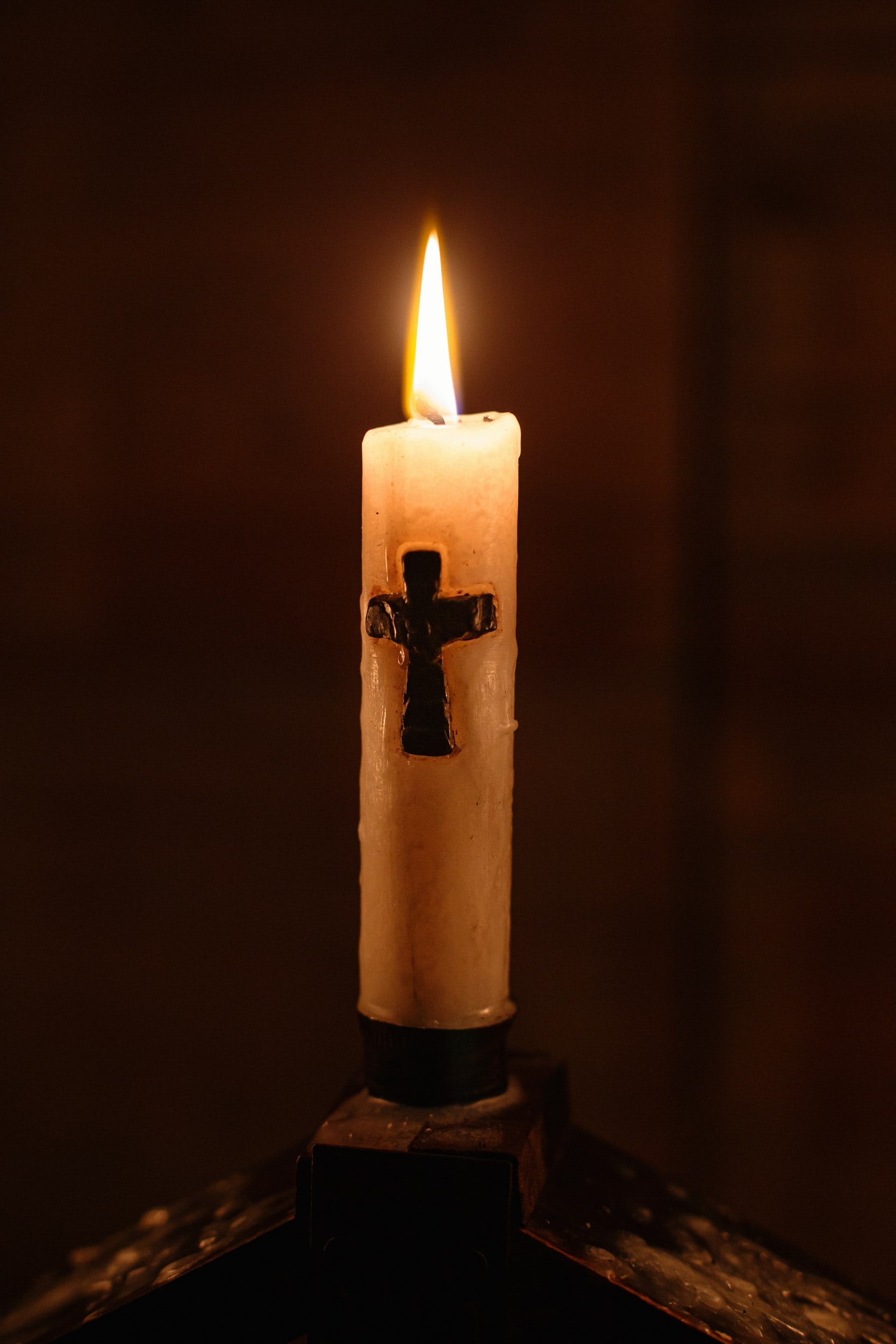Can I have a unity candle at my Catholic wedding ceremony? What about unity sand?
Weddings will always have trendy elements in them. When my parents got married, it was puffy shoulders and dollar dances. When I got married, it was mason jars and farmhouse aesthetic (both of which I love, by the way, and we incorporated much of these trends into our wedding reception).
Although we can’t really pin down its origin, one new trend from the last few decades has been the unity candle. The unity candle includes some brief ritual where the parents of the bride and groom or the couple themselves light two separate candles, which are then brought together in one larger candle in the center. Two families, two individuals, however you want to look at it, are becoming one just as the separate flames become one flame.
This has also splintered into similar symbolism found in unity sand, where the bride and groom pour sand from separate containers into one large clear vessel to show that the individual grains can never be separated.
Both symbols are beautiful. And both are being incorporated into Christian weddings, including Catholic ones. As Catholics, we have carefully and thoughtfully prescribed rituals for our wedding that most fully demonstrates the reality of two individuals becoming one in the eyes of God.
We are not of the world. We shouldn’t want secular trends as part of our wedding ceremony. The unity candle or unity sand are not Christian symbols or Christian imagery. Non-Christian religious couples and even atheists could just incorporate the unity candle or unity sand just as well.
Instead, the perfect time to do such a ritual would be at the reception. Either ceremony — the unity sand or candle — is a beautiful symbol that can be brought home and remembered for years to come. For the wedding itself, trust the Church and the beautiful liturgy to demonstrate all of the symbolism and ritual needed, especially ones that won’t fall out of style in the coming years.
Looking for a truly Catholic tradition to incorporate into your wedding ceremony? Check out the Marriage Crucifix Tradition.

